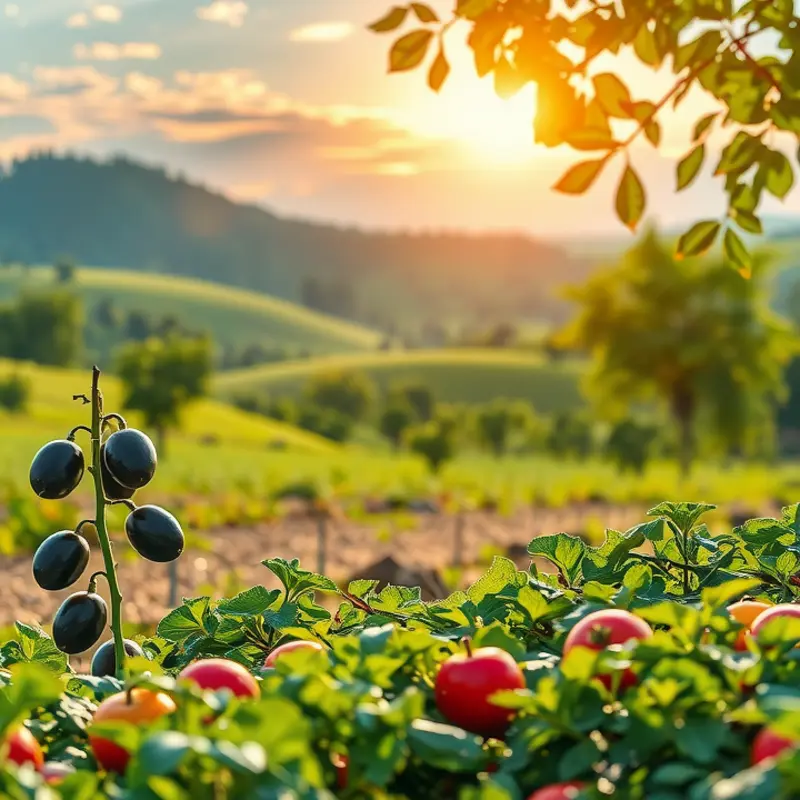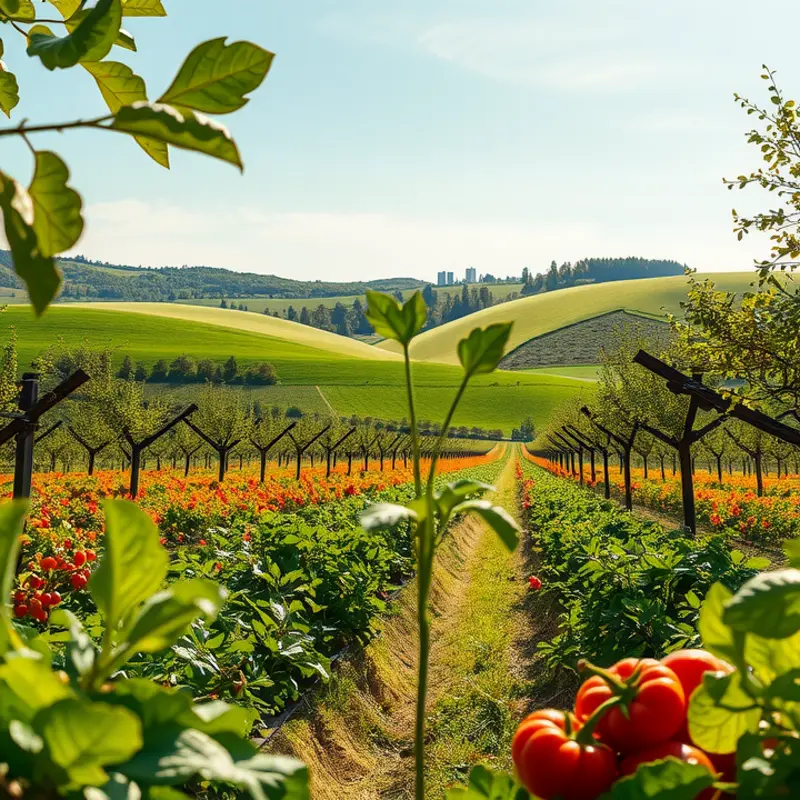Using eco-friendly cooking options not only benefits the environment but also enhances your culinary experience. By identifying green alternatives to traditional cooking practices, you’ll discover new ingredients, methods, and tools that align with a sustainable lifestyle. These choices can reduce your carbon footprint, promote biodiversity, and support local economies, turning every meal into an opportunity to advocate for a greener planet.
Sustainable Ingredients: The Foundation of Green Cooking

Sustainable ingredients form the backbone of eco-friendly cooking. Choosing organic produce reduces the reliance on harmful pesticides. This not only benefits soil health but also enhances the nutritional value of the food. Organic farming methods focus on soil management, preserving biodiversity, and minimizing pollution. The nutrients retained in organically grown foods often result in richer flavors and health benefits.
Locally-sourced foods play a critical role in reducing the carbon footprint associated with long-distance transportation. By purchasing local produce, consumers support regional farmers and strengthen local economies. Local foods often require less packaging and are fresher, leading to less food waste. Visiting farmers’ markets or subscribing to a community-supported agriculture (CSA) box can connect consumers with fresh, seasonal produce.
Seasonality in ingredient selection not only ensures the best taste but also the lowest environmental impact. Seasonal ingredients often need fewer resources to grow, avoiding the energy-intensive processes required in off-season production. To explore more on how to incorporate minimal waste strategies in your kitchen, consider these low-waste cooking prep techniques.
Plant-based alternatives are gaining popularity for their lower environmental impact compared to meat. Reducing meat consumption can significantly cut down greenhouse gas emissions as livestock farming is a major contributor to CO2 emissions. Plant-based diets are often rich in fiber, vitamins, and minerals, supporting a healthy lifestyle without compromising on taste. Consider experimenting with lentils, chickpeas, or tofu as versatile substitutes in traditional recipes.
Supporting regenerative agriculture practices is another key component of sustainable cooking. These practices restore farmland and enhance soil health, making agriculture more resilient to climate change. By selecting products that comply with these methods, consumers promote a healthier planet.
Incorporating sustainable ingredients can transform cooking into a conscientious and rewarding practice. It encourages individuals to be mindful of their choices, fostering a deeper connection between food, health, and the environment.
Eco-Friendly Cooking Techniques and Tools

Exploring eco-friendly cooking techniques can significantly contribute to a more sustainable kitchen. Methods such as steaming, roasting, and slow cooking not only conserve energy but also enhance flavors. Steaming requires less energy and preserves nutrients in vegetables and fish. By using a covered pot, you can trap steam and reduce cooking time. Roasting adds depth to ingredients by caramelizing natural sugars without the need for excessive fats or oils. This method is ideal for root vegetables and meats alike, providing robust flavors using minimal resources.
Slow cooking offers another sustainable solution. This method uses lower temperatures and extends cooking times to tenderize tough cuts of meat and infuse dishes with rich flavors. What’s more, modern slow cookers are energy-efficient, using only a fraction of the electricity compared to an oven. For more tips on making dinner meals with minimal preparation, consider visiting this resource.
In moving towards a greener kitchen, the choice of tools is equally important. Opt for bamboo utensils over plastic; bamboo is renewable and biodegradable. Stainless steel cookware, while more energy-intensive to produce, is durable and recyclable, offering a long-term investment for eco-conscious cooks. Reusable silicone bags are a sustainable alternative to single-use plastic bags, perfect for storage or sous-vide cooking.
Reducing waste begins with meal planning and mindful food storage. Meal prepping consciously can minimize food spoilage and help in portion control. Consider using the right-sized cookware for your burners; oversized pans lead to energy wastage. Covering pots and pans while cooking can reduce heat loss significantly, cutting down on cooking times and energy consumption.
Learning to repurpose leftovers is another step towards eco-friendly cooking. Transforming yesterday’s dinner into today’s lunch reduces waste and encourages creativity in the kitchen. A shift to eco-friendly cooking techniques and tools is a step towards sustainability that also promises enhanced food experiences and efficient resource usage.
Final words
Embracing green alternatives for cooking opens up a world of possibilities that extend beyond personal health to global well-being. By making conscious choices about the ingredients we use and the methods we select, we can significantly reduce our environmental impact. Sustainable cooking is not just about reducing emissions; it’s about enriching our lives with wholesome, flavorful foods while supporting local ecosystems. As you implement these eco-friendly practices in your kitchen, remember that every small step contributes to a larger, positive change for our planet.








